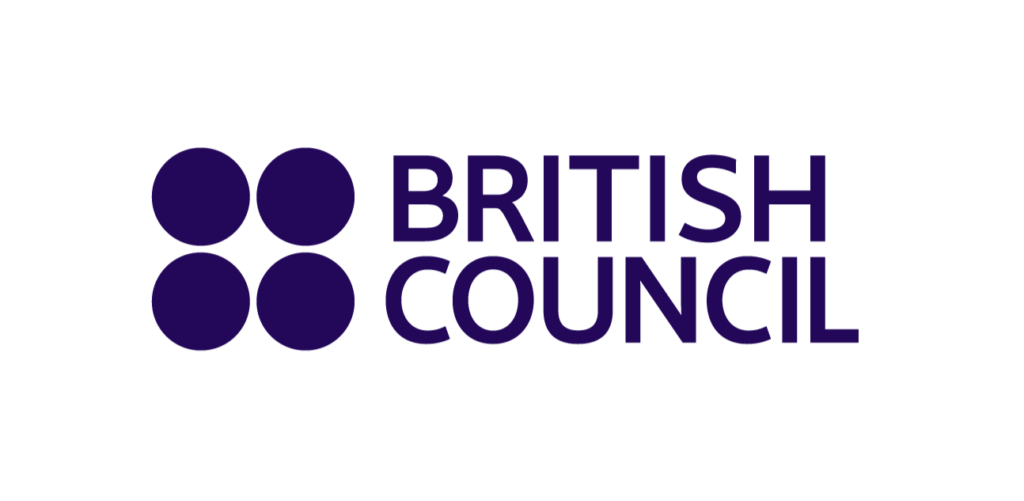Introduction:
The globalization of higher education has opened doors for students worldwide to pursue academic excellence in countries beyond their own borders. Australia and Canada, known for their world-class universities and diverse cultural environments, have emerged as premier destinations for international students. However, the decision to pursue education abroad is accompanied by the intricate process of credit transfer, a critical consideration for students seeking to build on their prior learning experiences. This essay offers a comprehensive exploration of the credit transfer processes and considerations in Australian and Canadian universities, delving into the intricacies, challenges, and opportunities that students encounter on this educational journey.
Credit Transfer Processes in Australia:
Australia’s education system is renowned for its quality, diversity, and adherence to the Australian Qualifications Framework (AQF). The AQF serves as a national policy framework, providing a standardized approach to education and facilitating credit transfer processes.
Categories of Credit Transfer: Australian universities generally categorize credit transfer into two streams – Credit for Recognized Learning (CRL) and Credit for Previous Studies (CPS). CRL acknowledges both formal and informal learning, including work experience, while CPS primarily focuses on academic credit for prior studies.
Documentation and Application: The initiation of the credit transfer process in Australia necessitates thorough documentation. Students are required to submit academic transcripts, course outlines, and supporting materials. The comprehensive nature of the documentation contributes to a more informed and efficient evaluation process.
Alignment with AQF: A crucial consideration in the credit transfer process is the alignment of prior learning with the AQF. The level, content, and learning outcomes of the previous course must closely match those of the desired program, ensuring a seamless transition and increased chances of a successful credit transfer.
Institutional Reputation: The reputation of the institution where prior studies were undertaken significantly influences credit transfer decisions. Recognized and prestigious institutions are more likely to have their credits accepted, emphasizing the importance of the institutional pedigree in the credit transfer process.
Communication with Universities: Prospective students are encouraged to engage in transparent communication with their chosen universities before initiating the application process. This ensures a clear understanding of credit transfer policies, facilitates proactive planning, and contributes to an overall smoother transition.
Considerations in Australia:
AQF Alignment: Australia’s commitment to the AQF underscores the importance of aligning prior learning experiences with national educational standards. Students must be aware of the AQF levels and ensure that their prior studies align effectively.
Institutional Reputation: The diversity of Australia’s higher education landscape, comprising a mix of institutions with varying global standings, demands careful consideration of the reputation of the institution where prior studies were completed. The prestige of the institution can significantly impact credit transfer success.
Transparency and Documentation: The transparent presentation of detailed course outlines, syllabi, and transcripts is essential in facilitating a smooth credit transfer process. Clear and comprehensive documentation aids evaluators in making informed decisions.
Communication and Planning: Open communication with university representatives can elucidate specific credit transfer policies and potential challenges. Proactive planning and early engagement with the credit transfer process contribute to a seamless transition for international students.
Credit Transfer Processes in Canada:
Canada, with its rich educational landscape and commitment to diversity, offers a decentralized system of credit transfer. Each province has autonomy in shaping credit transfer policies, and the Pan-Canadian Consortium on Admissions and Transfer (PCCAT) seeks to harmonize credit transfer and recognition across the nation.
Decentralized System: In Canada, the credit transfer landscape is characterized by its decentralized nature. Each province and institution has unique policies, demanding a nuanced understanding of specific requirements and processes. This diversity underscores the importance of tailored approaches to credit transfer applications.
Submission of Documents: The credit transfer process in Canada generally involves the submission of official transcripts and detailed course outlines. These documents serve as the foundation for evaluating prior learning and determining its compatibility with the intended program.
Prior Learning Assessment (PLA): Many Canadian universities offer Prior Learning Assessment (PLA) or portfolio assessments. These alternative methods enable students to showcase competencies gained through experiential learning, providing a holistic view of their academic potential beyond traditional transcripts.
Transfer Agreements: The existence of transfer agreements between institutions is a notable feature of Canada’s credit transfer landscape. These agreements define equivalencies and facilitate smoother transitions for students, streamlining the credit transfer process.
Considerations in Canada:
Provincial Variations: A distinctive aspect of Canada’s credit transfer system is the significant variation in policies between provinces. Understanding the specific regulations of the province where one plans to study is crucial for a successful credit transfer journey.
PLA and Portfolio Assessments: The availability of PLA and portfolio assessments in Canada offers an alternative approach to recognizing competencies. This acknowledgment of diverse learning experiences contributes to a more inclusive credit transfer process.
Transfer Agreements: Exploring transfer agreements between institutions can simplify the credit transfer journey. These agreements define equivalencies, ensuring that students receive due recognition for their prior studies and providing a clear pathway for credit transfer.
Language Proficiency: Proficiency in English or French is imperative for international students in Canada. Language tests such as IELTS or TOEFL may be required, and proficiency can impact credit transfer eligibility.
Comparative Analysis:
Centralized vs. Decentralized Systems: Australia’s centralized AQF system provides a standardized framework, fostering consistency and transparency across institutions. In contrast, Canada’s decentralized approach offers flexibility but demands a nuanced understanding of provincial variations, making the credit transfer landscape more diverse.
Flexibility in Assessment: Canada’s emphasis on PLA and portfolio assessments provides students with alternative avenues to demonstrate competencies, acknowledging the diverse ways in which learning occurs. Australia, while recognizing prior learning, may lean towards a more formal assessment approach.
Institutional Autonomy: Canadian institutions enjoy a significant degree of autonomy in shaping their credit transfer policies, leading to variations that students must navigate. In Australia, the AQF establishes a more uniform foundation for credit decisions.
Language Proficiency: While language proficiency is a consideration in both countries, Canada’s bilingual nature adds an additional layer of complexity. Proficiency in French may be required in some provinces, influencing credit transfer eligibility.
Conclusion:
The decision to pursue higher education in a foreign land is a transformative journey that extends beyond academic considerations. Navigating the complexities of credit transfer processes in Australia and Canada demands careful planning, transparency, and proactive engagement with educational institutions. Australia’s centralized AQF system provides a standardized and transparent framework, emphasizing alignment with national standards. In contrast, Canada’s decentralized system offers flexibility, recognizing diverse learning experiences through alternative assessments such as PLA.
Prospective international students must be cognizant of the unique aspects of each country’s credit transfer landscape. Considerations such as alignment with national frameworks, institutional reputation, documentation transparency, and language proficiency are pivotal in shaping the success of credit transfer applications. The educational crossroads present challenges and opportunities, contributing not only to academic growth but also to cultural immersion, adaptability, and the development of a global perspective.









